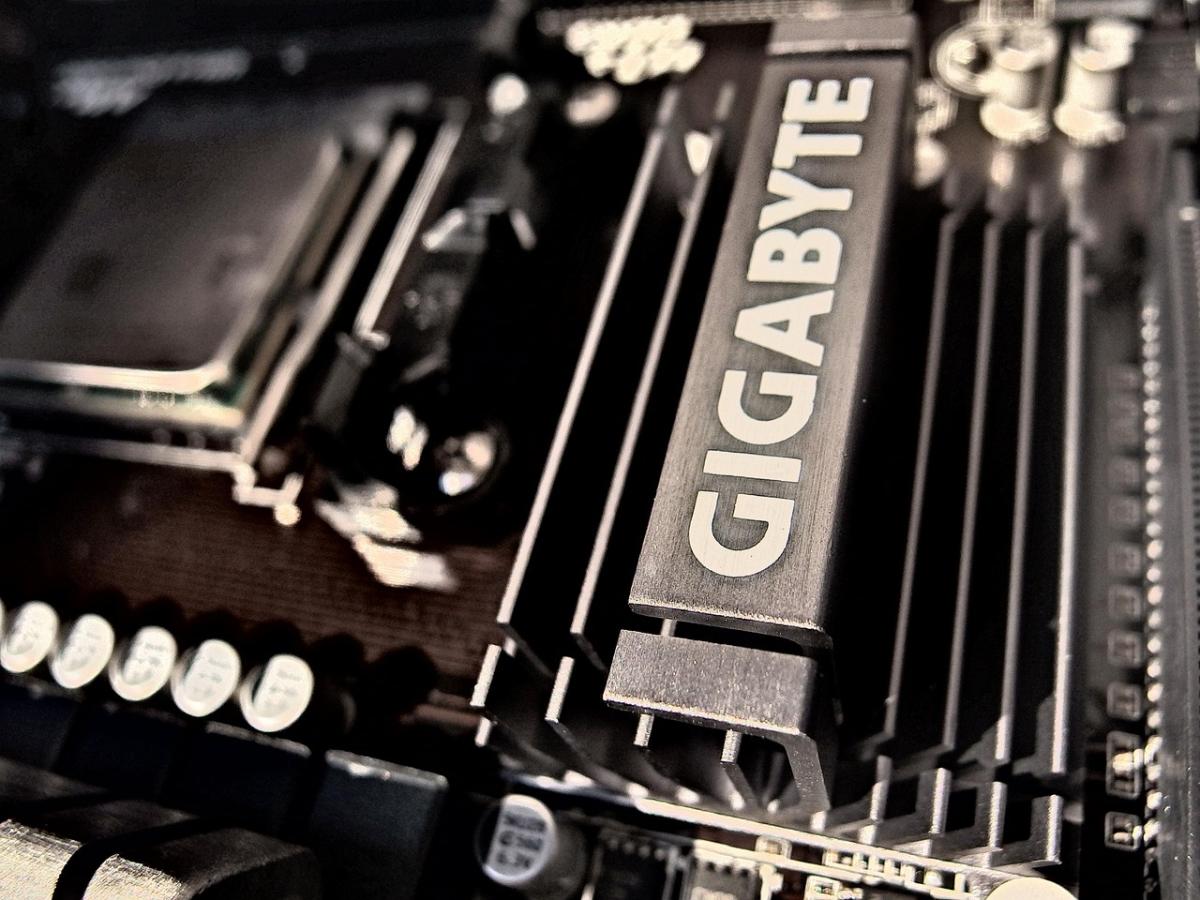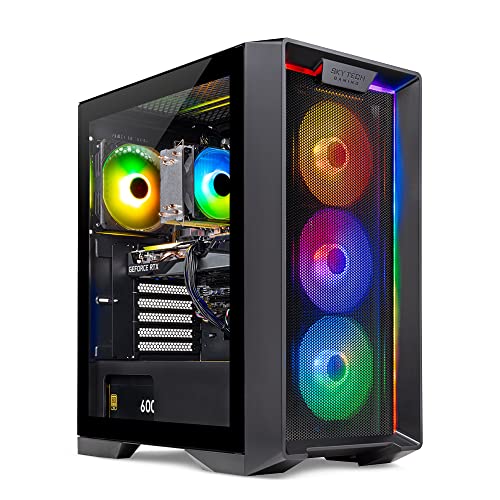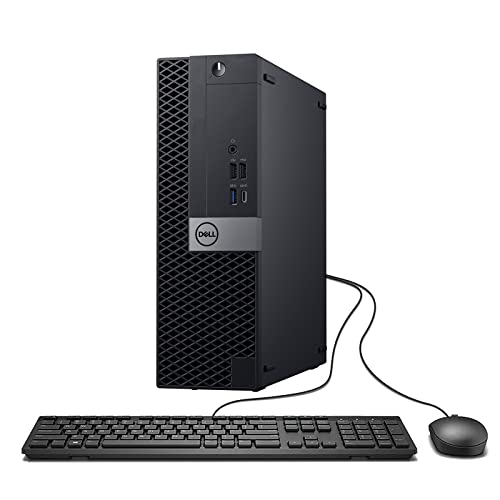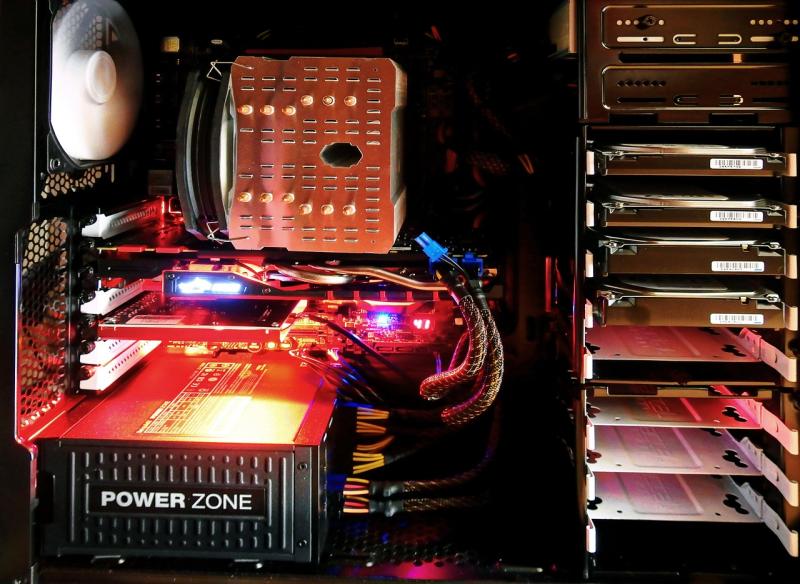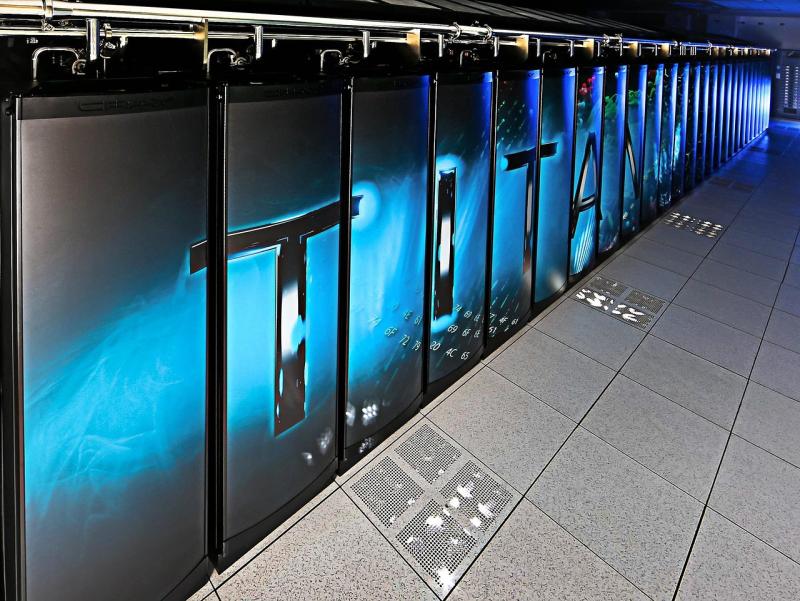Regular firmware updates are essential to maintain optimum PC performance, maximize hardware compatibility, and enhance system stability. Firmware governs low‑level operations, and updating it can unlock new features, improve power management, and patch security vulnerabilities. Keeping your system firmware current ensures that your components run smoothly and securely.
Firmware updates can greatly improve device interactions and system stability. Updated firmware may provide better thermal management, increased component lifespan, and even enhanced performance for overclocking features. Moreover, manufacturers often roll out updates to fix bugs and ensure that your motherboard, GPU, and SSD perform at their best.
Establish a regular update schedule for your BIOS and other critical firmware. Utilize the manufacturer’s update tools for safe installation and always back up your current settings before applying changes. Following best practices during the update process minimizes risks and ensures that any improvements are sustained over time.
Timely firmware updates are a critical component of PC maintenance. By regularly refreshing your firmware, you not only boost performance and stability but also prolong the longevity of your system in an ever‑evolving technological landscape.
Ultimate Guide to Firmware Updates: Boost Performance, Security, and Stability
Keep your PC’s low-level software current to unlock new features, patch vulnerabilities, and optimize hardware behavior.
Introduction
Regular firmware updates are the linchpin of a well-maintained PC. At the heart of every motherboard, graphics card, SSD, and peripheral device lies firmware—low-level software that orchestrates hardware behavior. Keeping this firmware current not only unleashes new features and optimizes power consumption, it also patches critical vulnerabilities and ensures peak system stability.
The Role of Firmware in PC Performance
Firmware bridges the gap between hardware components and higher-level system software. It initializes hardware at boot, implements device drivers, and controls power-management states throughout operation. A well-tuned firmware enables:
- Faster boot and resume times
- Precise thermal and voltage regulation
- Seamless hardware interoperability
- Enhanced overclocking headroom
Why Firmware Updates Matter
Performance Enhancements
Manufacturers continuously refine code paths in firmware to improve CPU microcode, SSD throughput, and GPU clock ceilings—translating into measurable FPS gains and reduced loading times.
Security and Vulnerability Patching
Firmware-level vulnerabilities can compromise system integrity before the OS loads. Regular updates close attack surfaces, harden secure-boot workflows, and ensure compatibility with OS-level mitigations.
Hardware Compatibility
As new CPUs, memory modules, and peripherals arrive, motherboard and device firmware must adapt. An outdated BIOS/UEFI can fail to recognize new hardware or misreport memory timings.
Enhanced Stability and Longevity
Firmware updates refine thermal-management algorithms and voltage-regulation loops, resulting in lower operating temperatures, reduced risk of voltage spikes, and extended component lifespan.
Types of Firmware You Should Track
| Firmware Type | Primary Function | Update Frequency |
|---|---|---|
| Motherboard BIOS/UEFI | Initializes CPU, RAM, peripherals; boot manager | Quarterly or upon major hardware release |
| GPU VBIOS | Controls GPU clocks, fan curves, power limits | Semi-annually or with major driver releases |
| SSD/NVMe Firmware | Manages flash memory error correction, wear leveling | Annually or if performance issues arise |
| Network Card BIOS | Implements wake-on-LAN, offload engines | Rarely; check for stability or feature updates |
| Peripheral Firmware | Updates lighting profiles, macro engines for keyboards/mice | As new features or bug fixes roll out |
Risks and Mitigations
Bricking and Recovery
Mitigate the risk of a failed update by backing up existing firmware, using dual-BIOS features, and keeping a USB rescue drive with recovery utilities on hand.
Version Control and Documentation
- Document the current firmware version before updating.
- Read official changelogs to verify fixes apply to your hardware.
- Wait 48–72 hours after a new release to monitor user feedback.
Power Stability
Use an uninterruptible power supply (UPS) or laptop battery during updates and avoid flashing firmware during storms or grid instability.
Building a Safe Firmware Update Routine
- Schedule quarterly firmware audits in your maintenance calendar.
- Back up BIOS profiles and firmware images before updating.
- Use official utilities (ASUS EZ Flash, NVFlash, Samsung Magician, etc.) for checksum-validated installs.
- Subscribe to manufacturer alerts for early update notifications.
Automating Firmware Management
| Platform | Recommended Tool | Features |
|---|---|---|
| Windows | Windows Update & Vendor Tools | Centralized updates; vendor notifications |
| Linux | fwupd (LVFS) | Unified firmware repository; CLI/GUI support |
| Enterprise | Microsoft Endpoint Manager | Group policy rollout; compliance monitoring |
| DIY Scripts | PowerShell or Bash | Custom automation; scheduled checks and logging |
Step-By-Step BIOS/UEFI Update Example
- Download the latest BIOS file from your motherboard’s support page.
- Verify the MD5/SHA-256 checksum.
- Extract the BIOS file to a FAT32-formatted USB drive.
- Reboot and enter UEFI (DEL, F2, or vendor key).
- Launch the Flash tool and select the BIOS file.
- Wait through reboots until the process completes.
- Load optimized defaults, then reapply custom profiles.
- Save & exit, then verify the new version on the UEFI main screen.
Case Studies: Real-World Gains
- Gaming Frame Rate Boost: Ryzen users saw 5–7% CPU score gains after microcode updates, smoothing CPU-bound titles.
- NVMe Throughput Improvements: Samsung 970 EVO owners witnessed up to 15% faster reads after garbage-collection tweaks.
- Thermal Headroom: Updated GPU VBIOS lowered junction temperatures by 4–6 °C, enabling stable overclocks.
Troubleshooting Common Firmware Update Issues
| Symptom | Possible Cause | Recommended Fix |
|---|---|---|
| Boot Loop After Flash | Incompatible BIOS version | Roll back via dual-BIOS or recovery USB |
| SSD Not Recognized | NVMe driver mismatch | Reflash SSD firmware; update motherboard driver |
| GPU Instability | Incorrect voltage table | Revert VBIOS; reduce core offset |
| UEFI Utility Crashes | Corrupted update tool | Reinstall utility; clear CMOS |
Best Practices and Final Tips
- Keep a firmware change log with dates, versions, and effects.
- Stress-test after each update using MemTest86, Prime95, or 3DMark.
- Maintain bootable rescue media with flasher utilities and OS installer.
- For critical systems, update first in a staging environment.
- Follow “if it isn’t broken, don’t fix it”—only update when you need specific fixes or features.
Conclusion
A robust firmware update strategy is indispensable for any PC enthusiast or IT professional aiming to maximize performance, security, and stability. By understanding firmware types, recognizing update benefits, and instituting a disciplined routine with backups and official tools, you ensure your system remains agile in the face of evolving hardware and threats. Regular firmware updates not only unlock optimizations but also extend component lifespan and protect your technology investment.
